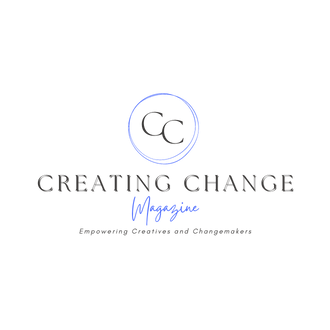What are your customers ready to buy—beyond Taylor Swift tickets? That’s the Holy Grail for many small business owners, and it’s probably different from what interested them a year or two ago.
Online polling tools can make it easier to take the pulse of the marketplace. For insight on how to use polling effectively, I spoke with John Li, co-founder of PickFu, which he describes as a digital focus group, for ideas on how small business owners can learn what their customers want. “It’s about connecting with your audience and asking them for direct feedback,” he says.
Polling customers directly can offer insight that may be hard to find any other way, according to … [+]
Li suggested three main ways of doing that: open-ended testing, comparative testing (such as A/B testing of book covers and titles), and click testing, where you put up an image and use a heat map to see where people click.
- Open-ended testing: Let’s say you want to start an eco-friendly carwash business and would like to know if customers will flock. You could use PickFu to ask customers a targeted but open-ended question, such as “Which factors are most important in choosing a carwash”— segmenting customers by demographics, like which sports they’re interested in or how often they take nutritional supplements. You might arrive at a list that includes convenience and price, efficient service, and not scratching up their vehicles. You can organize comments and filter them by respondent type and keywords.
- Comparative polling. That initial list would get you started but to understand what price and service options are most appealing, you’d want to do some comparative polling. For instance, you might ask if poll respondents would be more willing to pay a little more if you used recycled water compared to eco-friendly soap. Or you could test pricing options for something they value. For instance, you could ask if they prefer a standard car wash for $10, a standard wash with ecofriendly soap for $12, or a standard wash with recycled water for $12. “You’re reducing the risk of failure by pre-testing these assumptions and these offerings with your target market,” says Li. You could also use comparative testing to let them choose between logos, video or audio commercials, or radio jingles. If the results are inconclusive, he says, you may need to expand the poll to a larger sample size.
- Click testing. If you design an ad and are not sure what is eye-catching about it, you can post the image with a heat map that tells you where people are gravitating—and ask what they would change to make it more appealing. “Using Pickfu doesn’t guarantee success, but it can reduce the risk of failure,” he says.
When Thrasio, the largest aggregator of Amazon-based e-commerce shops, acquired Angry Orange, a commercial-grade pet deodorizing concentrate in 2018, the four-year-old brand was generating $2 million in annual revenue, according to a case study PickFu drafted. The creative team decided to overhaul the look of the brand, starting with the bottle. Using polling of 800 people on PickFu, the company arrived at a bright orange design that polling respondents said stood out. After the relaunch on Amazon, the brand sold 180 more bottles than the day before. Annual revenue is now $23 million.
Polling isn’t the answer to every marketing challenge. “You can’t detect when people are lying to themselves or a poll,” says Li. But the tools do help to reduce inaccuracy by using machine learning to filter out panelists who are not paying attention.”
The post originally appeared on following source : Source link

